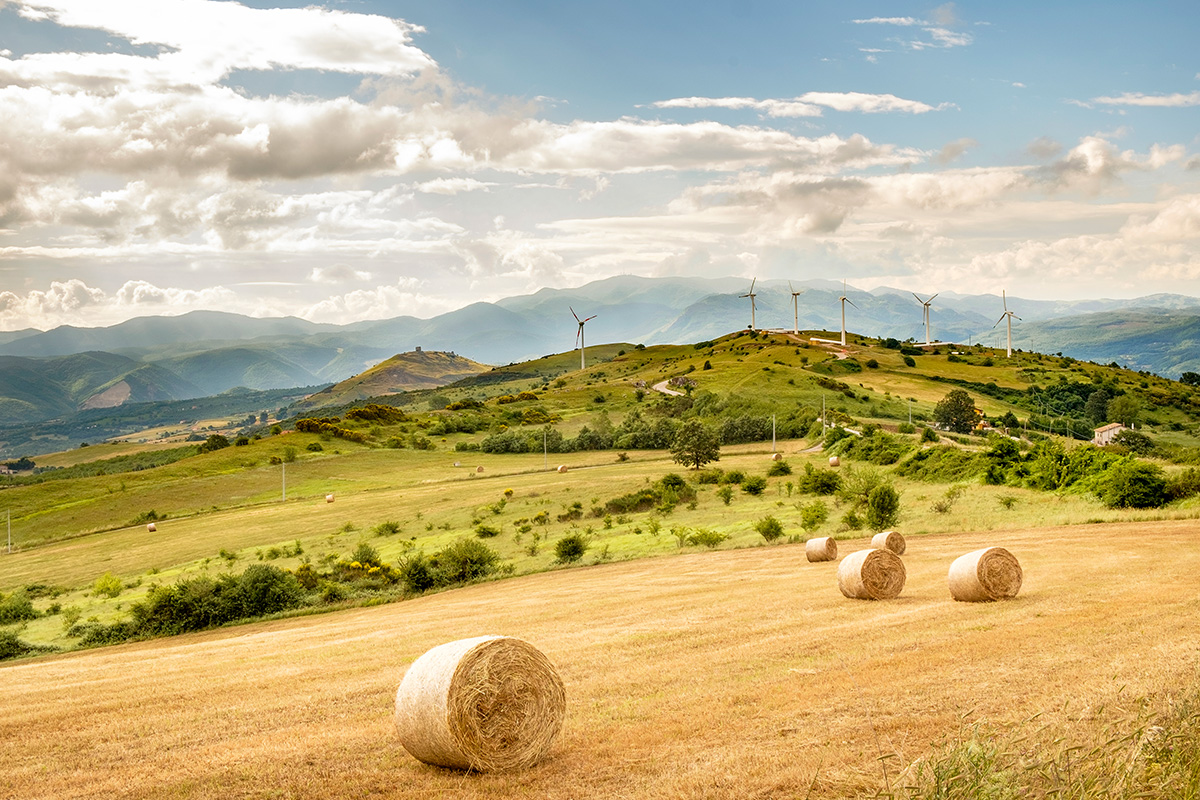News
Our message to project developers: engage local communities
11 September 2019
On 11 September WindEurope CEO Giles Dickson spoke at the 24th World Energy Congress in Abu Dhabi. His message was firm: we cannot take public support for wind energy for granted. We need to plug the societal benefits. And involve communities in wind farms and allow them to benefit.
Speaking on a panel about “Communities and the social license to operate,” Dickson said that ‘license to operate’ means 2 things: license to operate from government and society at large; and license to operate from the local community where we want to build wind farms.
For the former, Dickson explained that the wind industry’s license to operate comes down to its contribution to wider society and the economy. How we reduce CO2: how we reduce energy imports because we use the local wind resource; how we support jobs – over 300,000 in Europe – and how our industry earns €8bn exports for the EU economy. It’s a good story. And people get it. Opinion polls show 75-80% of Europeans want more wind.
This is where our second license to operate comes in – from local communities. Dickson said that the wind industry needs to plug the local economic benefits: local jobs, the taxes wind farms pay to the local municipality, and so forth. But it’s about much more than that. “We need to involve the local community directly in our projects,” Dickson said. “And allow them to profit directly from them.” Essentially, this is about participation. Project developers need to engage the community from the very start, when drawing up the initial plans for a wind project. This process needs to be transparent and inclusive.
Dickson also underlined that how the industry communicates is just as important as what it communicates. “Don’t preach,” he said. “This process is not a public consultation, where you’re trying to get people to agree with a conclusion you’ve already reached. It’s a learning exercise where you allow residents to assess the pros and cons of a project. And you learn what their needs are.”
Dickson urged project developers to be sensitive to people’s sense of place and attachment and their emotional connection to the landscape and environment. He stressed that it is important to explain how people will benefit economically and offer them a model for that – not just in terms of jobs, but in terms of the whole community. And ‘benefit’ does not mean ‘compensation’ or ‘inducement.’ It’s about reinvestment of revenues from the wind farm to serve the community.
Dickson highlighted several models for this, including shared ownership and cooperatives. “It doesn’t matter which model you use,” he said. “So long as it’s based on partnership with the community and has buy-in from the key community groups and the local government. Crucially, it needs to be based on common interest.”
Want to learn how citizens benefit from shared and community ownership of wind farms? And how wind farms are contributing to local economic activity? WindEurope’s web-based tool, “Local Impact, Global Leadership”, maps the answers to those questions.


